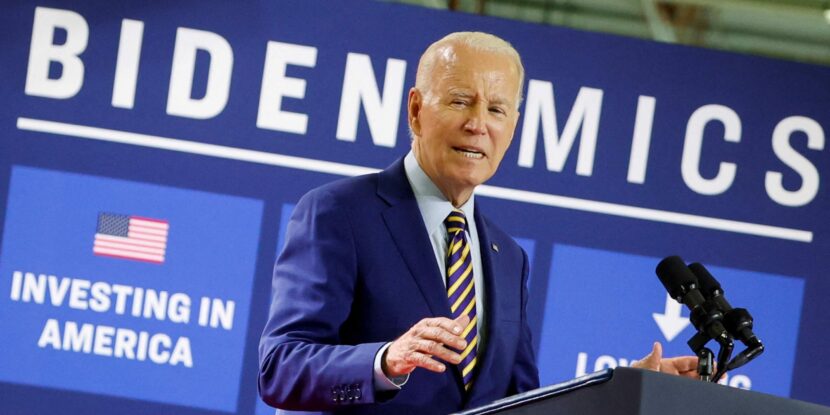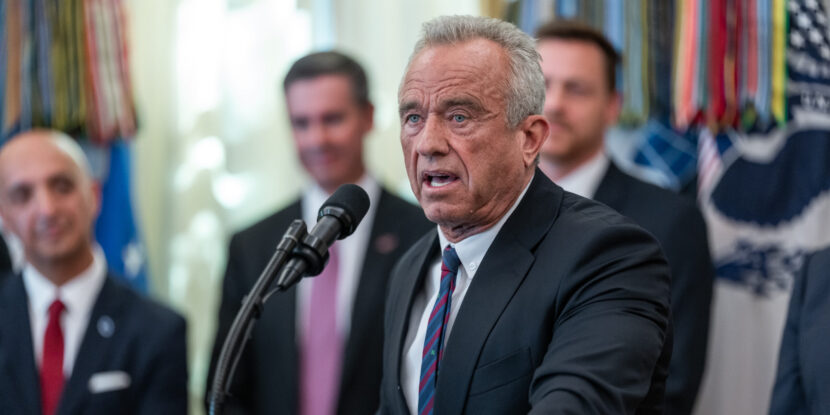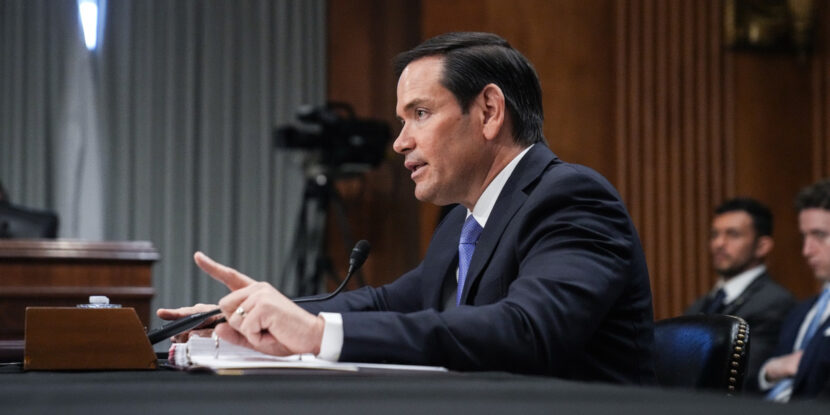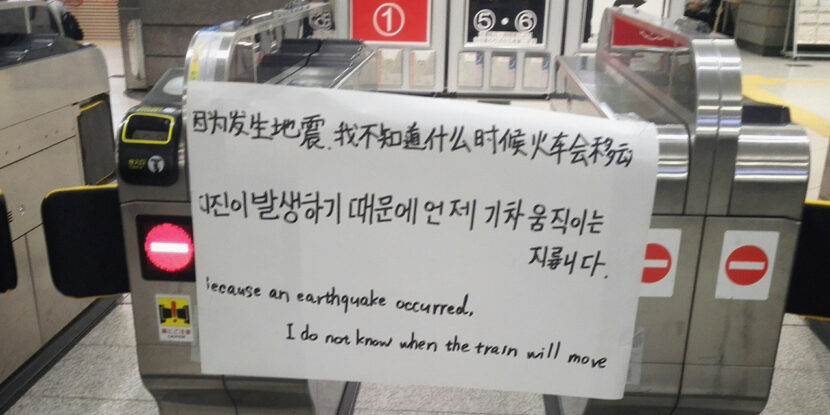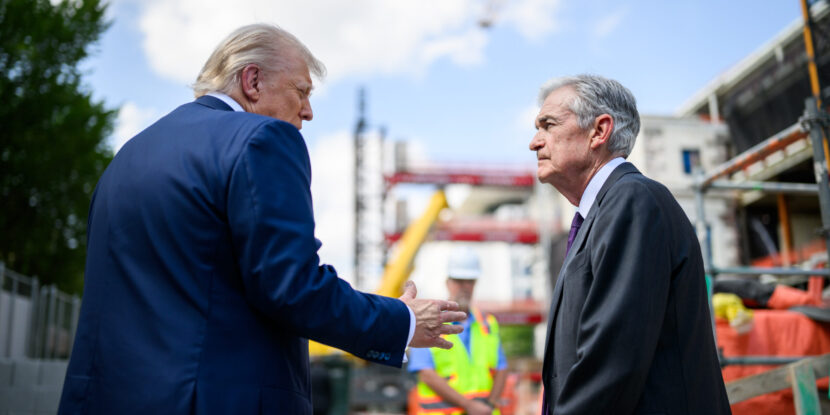The U.S. unemployment rate rose to 3.9 percent in April, with the economy only adding 175,000 jobs — missing market expectations by over 60,000. According to the Dow Jones consensus estimate, an additional 240,000 new workers were predicted to enter the labor market last month.
April’s job numbers could signal a slowdown in the U.S. economy, raising hopes the Federal Reserve could look to begin reducing interest rates in the coming months. However, earlier this week, Fed chairman Jerome Powell signaled that a rate cut remains unlikely before the November presidential election as the U.S. central bank remains concerned about accelerating inflation.
While full-time employment rose last month, an equivalent decline in part-time employment canceled out those gains. Even with the full-time employment gains, the Biden economy has still lost full-time jobs on net over the last year. Additionally, labor force participation continues to remain below pre-pandemic levels.
Unlike the March jobs report, April saw significant private-sector gains, with the healthcare industry leading the way with 56,000 jobs added. The transportation and warehousing sector added 22,000 jobs. Meanwhile, the retail sector saw 20,000 jobs added. Construction continues to lag, seeing an increase of only 9,000 jobs.
Another concerning trend in the jobs report is the continued gap between the employment numbers of foreign and native-born workers. Over the last year, employment for native-born workers has remained flat, with job gains driven by immigrant labor. The National Pulse reported in February that immigrant labor has almost entirely driven the so-called Biden job recovery.
Employment of foreign-born workers blew past pre-pandemic levels in '21 and has fully recovered to pre-pandemic trend, while employment of native-born Americans is millions below pre-pandemic trend and flat from year ago: pic.twitter.com/7mr392JzNk
— E.J. Antoni, Ph.D. (@RealEJAntoni) May 3, 2024
